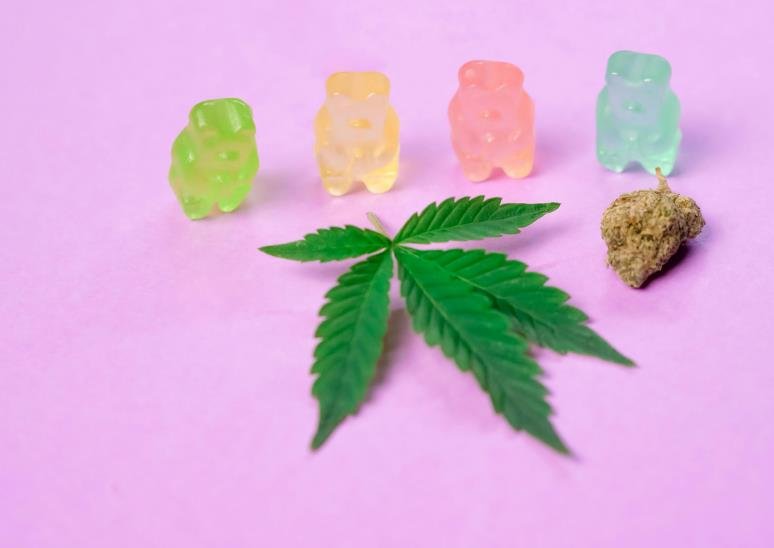Microdosing, the practice of consuming small, controlled amounts of psychedelic substances, has gained popularity in recent years. This trend involves taking sub-perceptual doses of substances like cannabis and psilocybin mushrooms to enhance performance, creativity, and well-being without experiencing the full psychoactive effects. While initially confined to medical and therapeutic settings, microdosing is increasingly becoming a social trend. This article explores the benefits, risks, and growing popularity of microdosing, shedding light on why it has captured the attention of many.
Microdosing involves taking minimal amounts of a substance, typically around one-tenth to one-twentieth of a recreational dose. This practice aims to achieve the “minimum effective dose,” which provides therapeutic benefits without significant psychoactive effects. For instance, a microdose of psilocybin might be as low as 0.1 to 0.3 grams, while a microdose of THC (the active ingredient in cannabis) could be around 2.5 to 5 milligrams.

The primary goal of microdosing is to enhance cognitive function, creativity, and emotional well-being. Users report improved focus, reduced anxiety, and heightened creativity. Scientific studies have begun to explore these claims, with some research suggesting that microdosing can indeed have positive effects on mood and cognitive performance. However, more rigorous studies are needed to fully understand the long-term impacts and potential therapeutic benefits.
Popular Substances for Microdosing
Cannabis and psilocybin mushrooms are among the most commonly used substances for microdosing. Cannabis microdosing typically involves consuming small amounts of THC or CBD through edibles like gummies or chocolates. These products are designed to deliver precise doses, making it easier for users to control their intake. The effects of cannabis microdosing can include relaxation, pain relief, and improved mood without the intense high associated with larger doses.
Psilocybin mushrooms, often referred to as “magic mushrooms,” are another popular choice for microdosing. Users consume small amounts of dried mushrooms or mushroom-infused products like chocolates. The effects of psilocybin microdosing can include enhanced creativity, improved focus, and a sense of well-being. As with cannabis, the goal is to achieve these benefits without experiencing the full hallucinogenic effects.
Other substances used for microdosing include LSD, mescaline, and even certain nootropics. Each substance offers different potential benefits and risks, and users often experiment to find the right dose and substance that works for them. The growing availability of microdosing products has made it easier for individuals to explore this practice safely and effectively.
Risks and Considerations
While microdosing has gained popularity for its potential benefits, it is not without risks. One of the primary concerns is the lack of regulation and standardization in the production of microdosing products. This can lead to inconsistencies in dosage and quality, increasing the risk of adverse effects. Additionally, the long-term effects of regular microdosing are not well understood, and there is a need for more comprehensive research.
Another consideration is the legal status of the substances used for microdosing. While cannabis is legal for medicinal and recreational use in some regions, psilocybin mushrooms and other psychedelics remain illegal in many places. This legal ambiguity can pose risks for users, including potential legal consequences and difficulties in accessing safe and reliable products.
It is also important to consider individual differences in response to microdosing. Factors such as body weight, metabolism, and tolerance can influence how a person experiences the effects of a microdose. Users should start with the lowest possible dose and gradually increase it to find their optimal level. Consulting with a healthcare professional before starting a microdosing regimen is advisable, especially for individuals with pre-existing health conditions or those taking other medications.
Microdosing offers a promising approach to enhancing well-being and cognitive function, but it is essential to approach it with caution and awareness of the potential risks. As research continues to explore the benefits and safety of microdosing, individuals can make informed decisions about whether this practice is right for them.
Michael Brown is a seasoned journalist with a knack for uncovering compelling stories within the realm of cannabis. Through his investigative reporting and in-depth analysis, he sheds light on the regulatory challenges, market trends, and societal impacts of the burgeoning cannabis industry. Michael’s commitment to objective journalism and ethical reporting makes him a trusted voice in providing readers with balanced and informative articles about this rapidly evolving landscape.








